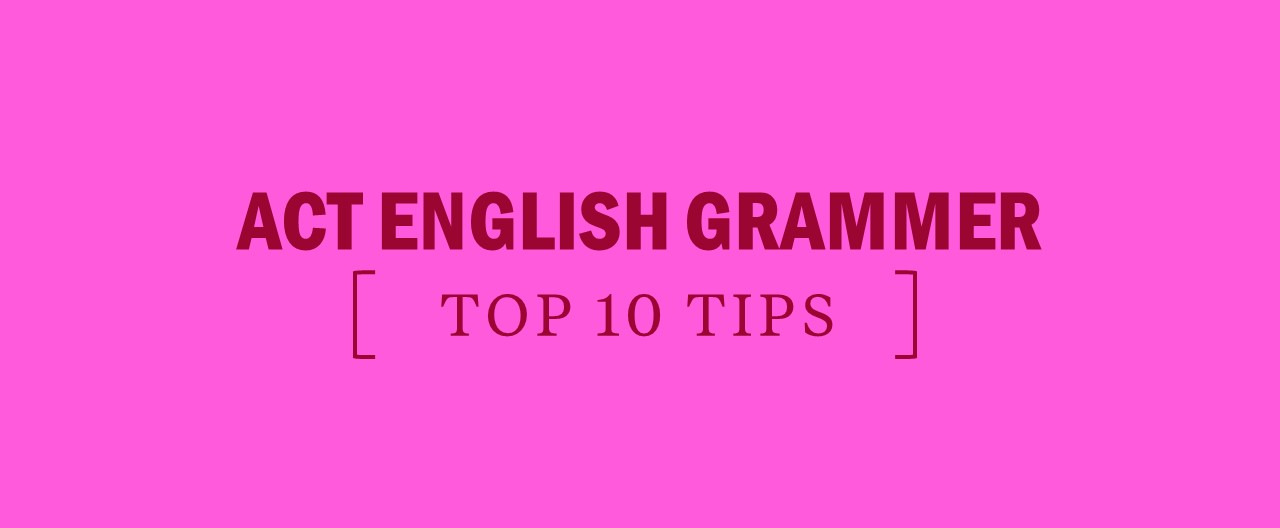ACT Science: Data Representation
The ACT Science test will contain 7 passages and 40 questions. The passages fall into three categories: Data Representation, Research Summaries and Conflicting Viewpoints. Many students find the Science test to be challenging because of the unfamiliar terminology and the variety of ways information is presented so don’t feel like you’re the only one! Let’s focus first on understanding how data is represented on the test.
The Data Representation format will ask you to understand and interpret information presented to you in graphs or tables. Occasionally there will also be charts, scatterplots, and diagrams. You’ll be able to recognize a Science passage as Data Representation if it does not contain multiple experiments or discuss multiple points of view. If you see a bunch of graphs and tables, you can bet it’s Data Representation! Often a scientific process will be explained (such as photosynthesis or osmosis).
While you may not be familiar with the process the passage discusses, the good news is that all of the information you will need to answer the questions will be located in the data. In a way, the Science mumbo-jumbo is the least important aspect of the test – all we want to do is have a fairly strong grasp of what is being presented. Here are a few tips to make sense of it all:
It may seem like this will take you a long time, but making sure you have a strong understanding of the data will save you lots of headache when you read the questions. Even if the graphs and tables are confusing to you and seem intimidating, make sure you discipline yourself to read all of the words first. Don’t skip something just because you don’t understand the terms. The questions will be so much easier if you spend just a few minutes focusing on the data. Start practicing these tips with some Data Representation passages at home and you’ll be amazed at how quickly you’ll know where to look for the right answer!



